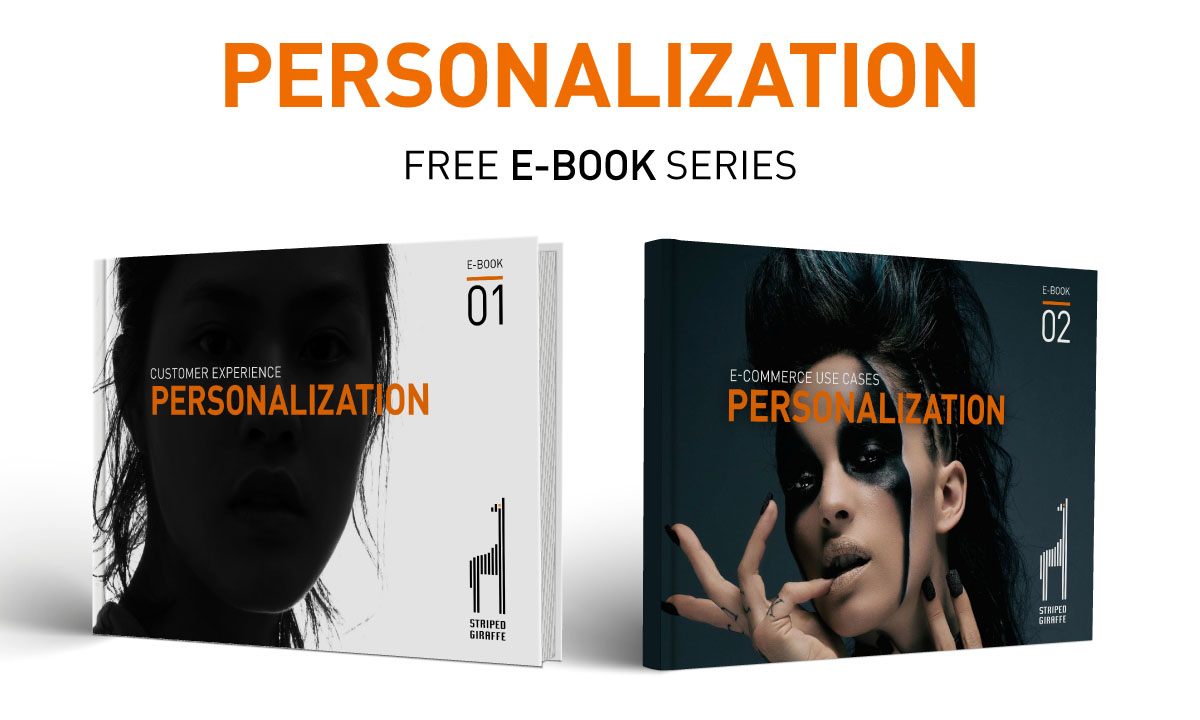
AI-Driven Personalization in B2B E-Commerce: From Recommendation Logic to Real-Time Experience
If you want to succeed in B2B e-commerce, intelligent, data-driven, and AI-powered personalization is a must.
Customer expectations in B2B are rising rapidly – companies must deal with increasingly complex requirements, accelerated decision-making, and high demands for relevance and efficiency. Today, success in B2B e-commerce requires intelligent, data-driven personalization. But how can these expectations be translated into technical reality? What role do Gen AI, predictive analytics, and segmentation play?
Architecture of Modern Personalization Solutions
Personalization in B2B must be dynamic, context-sensitive, and cross-system – including custom pricing, relevant product suggestions, or tailored content based on customer segment, industry, or purchase history. Modern B2B companies therefore rely on decoupled, API-first system landscapes:
- Customer Data Platform (CDP): Serving as the central data hub, the CDP links account, user role, and interaction data across all touchpoints, enabling a consolidated view of business customers and their decision-making networks.
- Recommendation Engines: AI-based engines identify relevant cross- and upselling opportunities – based on purchase behavior, seasonal demand, or industry-specific patterns.
- Experience Layer: Shop portals, self-service tools, or offer configurators access the personalization system via APIs.
- AI & Predictive Models: These forecast reorder probabilities, sales opportunities, or customer churn and enable real-time, data-driven interactions.
This architecture creates the foundation for scalable, efficient, and precise personalization across complex B2B customer journeys.
Best Practices for Data Strategy and Quality
In B2B, data is often distributed across multiple systems and user roles – turning personalization into a data challenge. Key success factors include:
- Centralized Customer Identities: Company, contact, and role data must be accurately linked and maintained.
- First-Party Data Strategy: All relevant usage, transaction, and communication data should be centrally aggregated.
- Role-Specific Segmentation: Deliver differentiated content to buyers, technicians, or decision-makers.
- Compliance & Data Privacy: Even in B2B, GDPR-compliant consent management is essential.
Want to learn how to successfully implement personalization in your B2B business? Get in touch with our experts.


